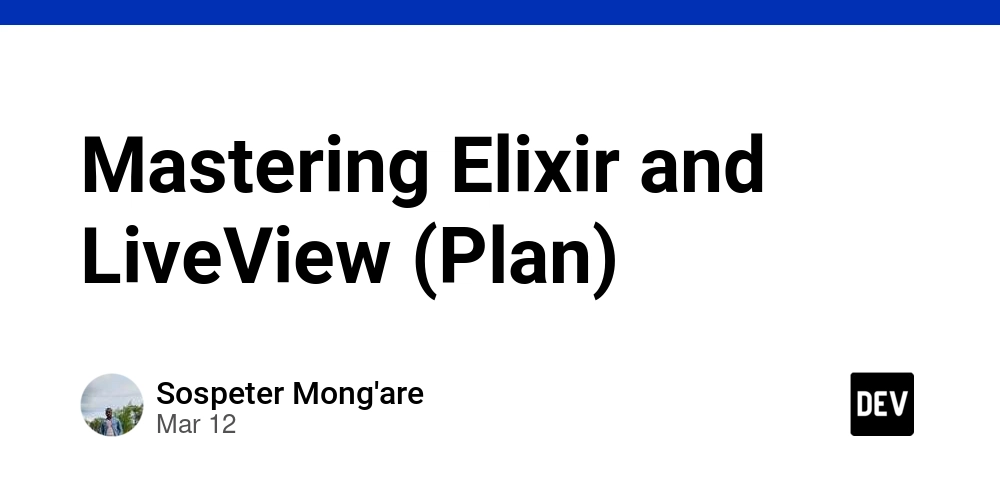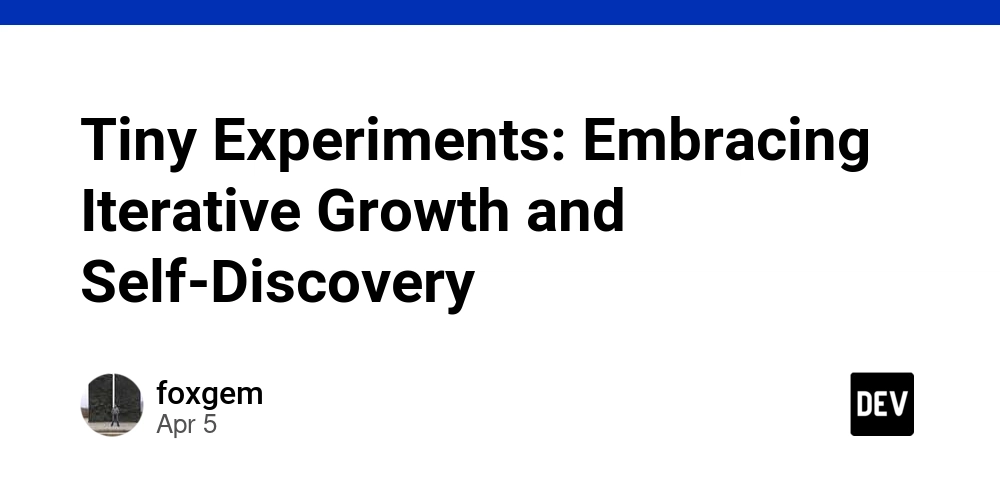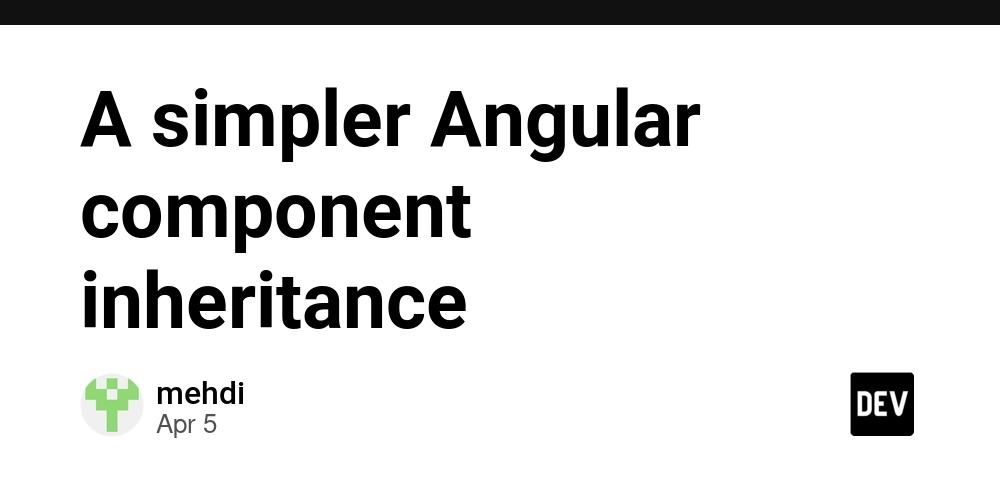Mastering Elixir and LiveView (Plan)
Mastering Elixir and LiveView in just one week is a challenging but achievable goal if you focus on the essentials and follow a structured plan. Here's a step-by-step guide to help you make the most of your time: Step 1: Understand the Basics of Elixir Elixir is a functional programming language built on the Erlang VM. Start by learning the core concepts: Learn the Syntax: Variables, data types (atoms, strings, lists, tuples, maps). Pattern matching. Functions and modules. Key Concepts: Immutability: Data in Elixir is immutable (cannot be changed). Functional programming: Learn how to use map, reduce, filter, and recursion. Processes and concurrency: Understand how Elixir handles lightweight processes. Resources: Official Elixir Guide: https://elixir-lang.org/getting-started/introduction.html Elixir School: https://elixirschool.com/ Books: "Programming Elixir" by Dave Thomas (focus on the first few chapters). Step 2: Build a Small Project in Elixir Practice is key! Build a small project to solidify your understanding: Create a simple CLI (command-line interface) application, like a to-do list or a calculator. Use Mix (Elixir's build tool) to create and manage your project. Example: mix new todo_list cd todo_list Step 3: Learn Phoenix Framework Basics Phoenix is a web framework for Elixir, and LiveView is part of it. Focus on: Setting Up Phoenix: Install Phoenix: mix archive.install hex phx_new Create a new Phoenix app: mix phx.new my_app Run the server: mix phx.server Understand MVC (Model-View-Controller): Learn how routes, controllers, views, and templates work in Phoenix. Resources: Phoenix Guides: https://hexdocs.pm/phoenix/overview.html Phoenix LiveView Documentation: https://hexdocs.pm/phoenix_live_view/Phoenix.LiveView.html Step 4: Dive into LiveView LiveView allows you to build real-time, interactive web applications without writing JavaScript. Focus on: Core Concepts: LiveView lifecycle: Understand how LiveView handles state and updates. Templates and components: Learn how to render dynamic content. Events and state management: Handle user interactions (e.g., button clicks, form submissions). Build a Simple LiveView App: Create a counter app or a chat app. Example: A counter app where you can increment and decrement a number in real-time. Resources: LiveView Crash Course: https://youtube.com/watch?v=Z2DU0qLfPIY Phoenix LiveView Examples: https://github.com/chrismccord/phoenix_live_view_example Step 5: Use the Training Link Provided The company has provided a training link. Use it to focus on the specific skills they want you to learn: Log in to the training platform: https://elearning.value8.co.ke/course/view.php?id=9 Change your password after logging in. Complete the modules related to Elixir and LiveView. Step 6: Practice, Practice, Practice Spend at least 4-6 hours per day learning and coding. Break your time into: Morning: Study theory (syntax, concepts). Afternoon: Build small projects or complete exercises. Evening: Review and debug your code. Step 7: Ask for Help If you get stuck, use these resources: Elixir Forum: https://elixirforum.com/ Stack Overflow: Tag your questions with elixir and phoenix-liveview. Discord/Slack Communities: Join Elixir communities for real-time help. Sample 7-Day Plan Day Focus Day 1 Learn Elixir basics: syntax, data types, functions, and pattern matching. Day 2 Dive deeper into Elixir: recursion, concurrency, and processes. Day 3 Set up Phoenix and build a simple web app (e.g., a blog). Day 4 Learn LiveView basics: templates, events, and state management. Day 5 Build a LiveView app (e.g., a counter or chat app). Day 6 Complete the training modules provided by the company. Day 7 Review everything, debug your projects, and prepare for the trial. Tips for Success Stay Focused: Avoid distractions and stick to your schedule. Take Notes: Write down key concepts and examples for quick reference. Experiment: Don’t just follow tutorials—try modifying code to see how it works. Stay Positive: Learning a new technology in a week is tough, but you can do it!

Mastering Elixir and LiveView in just one week is a challenging but achievable goal if you focus on the essentials and follow a structured plan. Here's a step-by-step guide to help you make the most of your time:
Step 1: Understand the Basics of Elixir
Elixir is a functional programming language built on the Erlang VM. Start by learning the core concepts:
-
Learn the Syntax:
- Variables, data types (atoms, strings, lists, tuples, maps).
- Pattern matching.
- Functions and modules.
-
Key Concepts:
- Immutability: Data in Elixir is immutable (cannot be changed).
- Functional programming: Learn how to use
map,reduce,filter, and recursion. - Processes and concurrency: Understand how Elixir handles lightweight processes.
-
Resources:
- Official Elixir Guide: https://elixir-lang.org/getting-started/introduction.html
- Elixir School: https://elixirschool.com/
- Books: "Programming Elixir" by Dave Thomas (focus on the first few chapters).
Step 2: Build a Small Project in Elixir
Practice is key! Build a small project to solidify your understanding:
- Create a simple CLI (command-line interface) application, like a to-do list or a calculator.
- Use Mix (Elixir's build tool) to create and manage your project.
Example:
mix new todo_list
cd todo_list
Step 3: Learn Phoenix Framework Basics
Phoenix is a web framework for Elixir, and LiveView is part of it. Focus on:
-
Setting Up Phoenix:
- Install Phoenix:
mix archive.install hex phx_new - Create a new Phoenix app:
mix phx.new my_app - Run the server:
mix phx.server
- Install Phoenix:
-
Understand MVC (Model-View-Controller):
- Learn how routes, controllers, views, and templates work in Phoenix.
-
Resources:
- Phoenix Guides: https://hexdocs.pm/phoenix/overview.html
- Phoenix LiveView Documentation: https://hexdocs.pm/phoenix_live_view/Phoenix.LiveView.html
Step 4: Dive into LiveView
LiveView allows you to build real-time, interactive web applications without writing JavaScript. Focus on:
-
Core Concepts:
- LiveView lifecycle: Understand how LiveView handles state and updates.
- Templates and components: Learn how to render dynamic content.
- Events and state management: Handle user interactions (e.g., button clicks, form submissions).
-
Build a Simple LiveView App:
- Create a counter app or a chat app.
- Example: A counter app where you can increment and decrement a number in real-time.
-
Resources:
- LiveView Crash Course: https://youtube.com/watch?v=Z2DU0qLfPIY
- Phoenix LiveView Examples: https://github.com/chrismccord/phoenix_live_view_example
Step 5: Use the Training Link Provided
The company has provided a training link. Use it to focus on the specific skills they want you to learn:
- Log in to the training platform: https://elearning.value8.co.ke/course/view.php?id=9
- Change your password after logging in.
- Complete the modules related to Elixir and LiveView.
Step 6: Practice, Practice, Practice
- Spend at least 4-6 hours per day learning and coding.
- Break your time into:
- Morning: Study theory (syntax, concepts).
- Afternoon: Build small projects or complete exercises.
- Evening: Review and debug your code.
Step 7: Ask for Help
- If you get stuck, use these resources:
- Elixir Forum: https://elixirforum.com/
-
Stack Overflow: Tag your questions with
elixirandphoenix-liveview. - Discord/Slack Communities: Join Elixir communities for real-time help.
Sample 7-Day Plan
| Day | Focus |
|---|---|
| Day 1 | Learn Elixir basics: syntax, data types, functions, and pattern matching. |
| Day 2 | Dive deeper into Elixir: recursion, concurrency, and processes. |
| Day 3 | Set up Phoenix and build a simple web app (e.g., a blog). |
| Day 4 | Learn LiveView basics: templates, events, and state management. |
| Day 5 | Build a LiveView app (e.g., a counter or chat app). |
| Day 6 | Complete the training modules provided by the company. |
| Day 7 | Review everything, debug your projects, and prepare for the trial. |
Tips for Success
- Stay Focused: Avoid distractions and stick to your schedule.
- Take Notes: Write down key concepts and examples for quick reference.
- Experiment: Don’t just follow tutorials—try modifying code to see how it works.
- Stay Positive: Learning a new technology in a week is tough, but you can do it!






















































.jpg)
%20Abstract%20Background%20112024%20SOURCE%20Amazon.jpg)



















































































































![[The AI Show Episode 142]: ChatGPT’s New Image Generator, Studio Ghibli Craze and Backlash, Gemini 2.5, OpenAI Academy, 4o Updates, Vibe Marketing & xAI Acquires X](https://www.marketingaiinstitute.com/hubfs/ep%20142%20cover.png)
































































































































![From drop-out to software architect with Jason Lengstorf [Podcast #167]](https://cdn.hashnode.com/res/hashnode/image/upload/v1743796461357/f3d19cd7-e6f5-4d7c-8bfc-eb974bc8da68.png?#)




































































































.png?#)





.jpg?#)
































_Christophe_Coat_Alamy.jpg?#)










































































































![Rapidus in Talks With Apple as It Accelerates Toward 2nm Chip Production [Report]](https://www.iclarified.com/images/news/96937/96937/96937-640.jpg)










































































































































